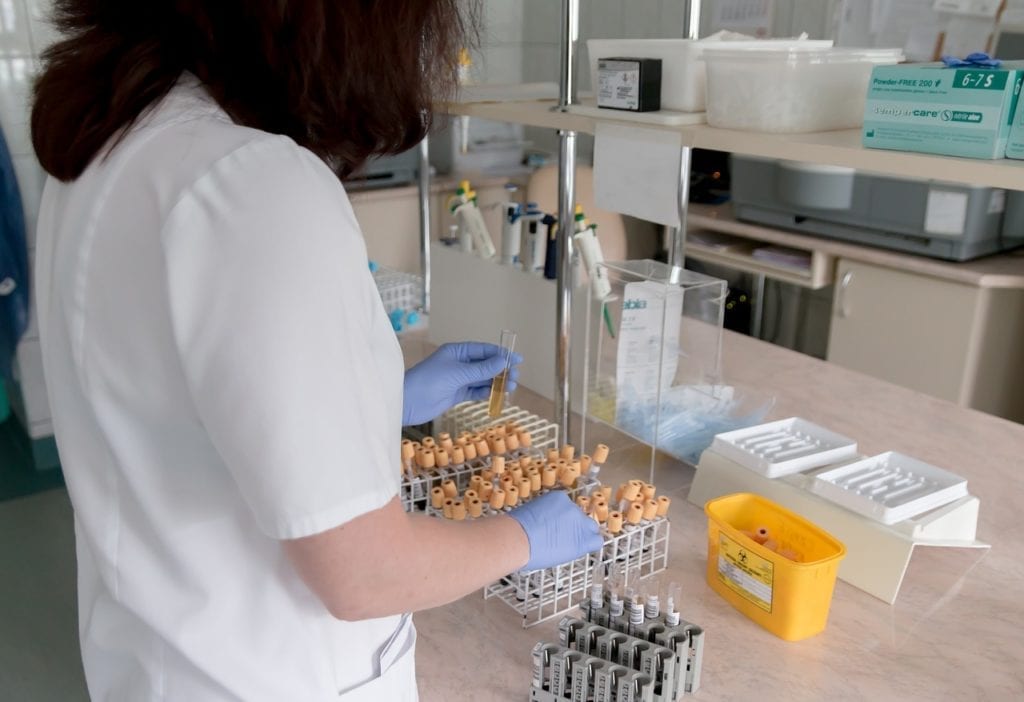Charcot-Marie-Tooth disease (CMT), though rare, is one of the most commonly inherited neurological disorders and affects peripheral nerves outside of the brain and spinal cord. Multiple CMT subtypes exist based on genetic mutation. X-linked CMT ( CMTX1) is considered to comprise the 2nd highest amount of cases following CMT1A and accounts for 50% of X-linked cases overall. People with CMTX1 may face symptoms such as muscle weakness and atrophy, foot drop, difficulty walking, foot deformities, decreased sensation in the hands and feet, problems with balance and coordination, neuropathic pain, hearing loss, cramps, and tremors. These can cause quality-of-life issues and make it more difficult to complete tasks.
Right now, there are ways to manage these symptoms. But these are not necessarily medicinal interventions. Doctors may leverage respiratory support, as well as mobility and assistive devices. However, reports Jen Brogan in PharmaTimes, researchers do believe there could be a therapeutic intervention on the horizon.
Improving Treatment for CMTX1
As Brogan shares, the CMT Research Foundation (CMTRF) invested in a study spearheaded by a research team from the University of Illinois at Chicago. Within the study, the researchers hope to examine whether a commercially-available immunosuppressant could ease CMTX1-related symptoms.
Dr. Charles Abrams, who is leading this study, previously performed work in CMTX1. His prior exploration found lower adenosine levels in murine models of the disease. Adenosine is a naturally occurring nucleoside in the body that plays a role in cell signaling and cellular energy transfer. Dr. Abrams believes that, since adenosine can also prevent or reduce inflammation, low adenosine levels in CMTX1 could cause nerve inflammation.
In this burgeoning study, the research team hopes to understand whether treating murine models with the available therapy reduces deleterious symptoms and preserves muscle strength, function, and support. Specifically, the researchers will be using two murine models, increasing adenosine levels, and determining whether this impacts neuropathy (weakness, numbness, and pain caused by nerve damage).








